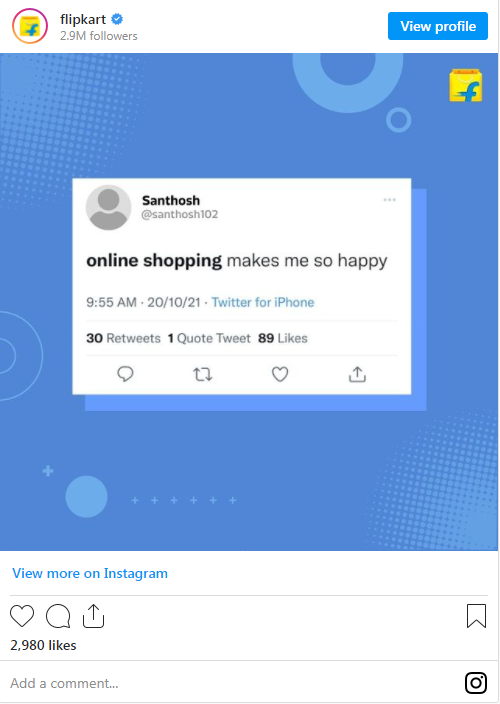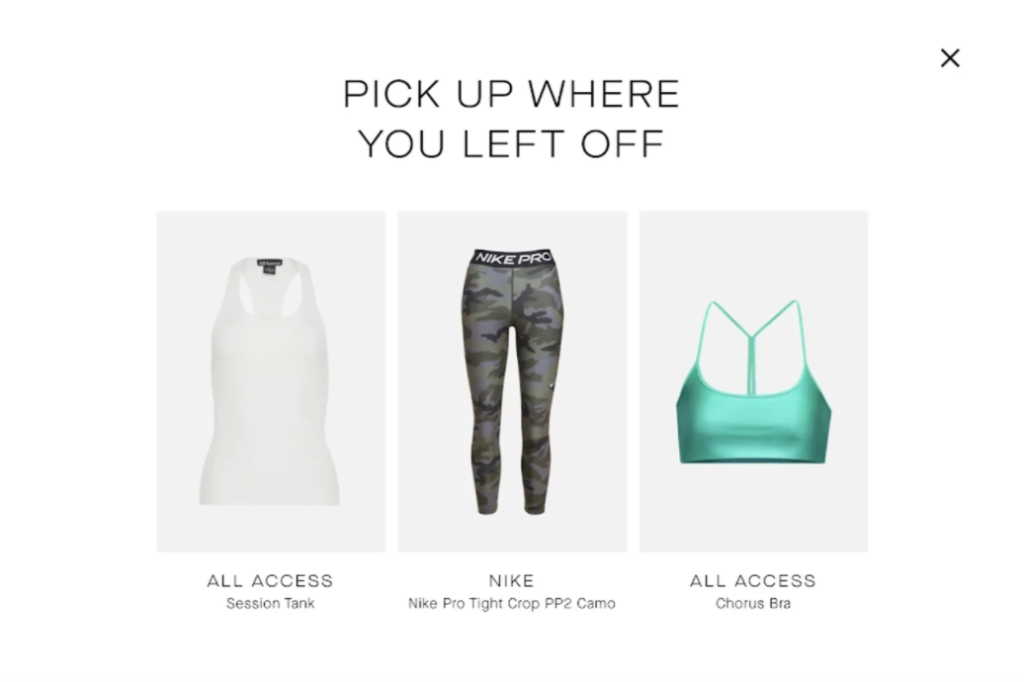E-commerce, Ecommerce Trends
10 exciting ecommerce trends for 2022
17 February 2022
Author: Yen Padrajas

The future of ecommerce is bright. 2022 will be a year of innovation, but it will also challenge businesses to develop new strategies and deliver better customer experience. We also anticipate the emergence of many exciting new technologies, ecommerce trends, and smart automation tools and solutions.
The ecommerce market has grown significantly over the past few years. In fact, it generated a total of $4.28 trillion globally in 2020, and is expected to skyrocket to $5.4 trillion in 2022. Forecasts also show that the user penetration rate in ecommerce will reach up to 50.8% this year and will grow to 54.6% in 2022. In addition, the number of opportunities that will emerge through online shopping and social commerce are sure to grow significantly.
So what’s in store for ecommerce in 2022?
Read on for the latest ecommerce trends and developments, and tips on how to integrate them into your business strategy for the year ahead. Or, for a quick fix, check out our handy Ecommerce Trends Infographic below.
-
Local Marketplaces Launch Globally
-
Cryptocurrency as Payment
-
Drones For Faster Delivery
-
Environmental Sustainability and Cruelty-Free Products
-
Voice Commerce
-
Augmented and Virtual Reality
-
Personalisation
-
Automation Tools and A.I. Integration
-
Social Commerce
-
Live Shopping
1. Local Marketplaces Launch Globally

Marketplaces such as Amazon, eBay, AliExpress, and Etsy are all well known internationally. But, did you know that almost every country has its own local online marketplaces too? And it won’t be long until some of them reach global users and consumers.
For instance, Shopee is a marketplace that used to be available in only Southeast Asia, it’s expanding to India and Latin America. Flipkart from India and MercadoLibre based in Buenos Aires, Argentina also possess great potential to expand their market reach.
Given the fast growth of eCommerce and its user-penetration rate, global expansions of some marketplaces will be a great opportunity to introduce your brand, market and sell your products to a larger audience, and stave off competition.
2. More Markets Accept Cryptocurrency as Payment

The cryptocurrency market can be risky and volatile, but this hasn’t stopped large eCommerce platforms such as Shopify and BigCommerce from supporting them. In fact, these platforms now allow the integration of third-party crypto payment gateways into their users’ shops, enabling them to accept cryptocurrencies as payment for online purchases. Commerce marketplaces such as Etsy, Newegg, and eGifter also now accept Bitcoin as payments.
As consumers begin to come around to the idea of paying with cryptocurrency, we can expect better-established rules on accepting these payments in the future.
3. Drones & Robots For Faster Delivery

Another ecommerce trend expected to take flight in 2022 is drone delivery. With FedEx, Amazon, and Alibaba already trialling this delivery method, we can expect other shipping companies to jump on board and introduce this technology into their delivery systems.
The mobility of drones allows them to travel faster across and above terrains to easily deliver perishable goods and medicines, making them a favourable delivery option.
Furthermore, autonomous delivery robots will also become more popular. This innovative and advanced technology is a good alternative to drones, which can carry out package deliveries over short distances. Many people may already be familiar with Starship, which revolutionised food and package deliveries back in 2014. Now, the Amazon Scout is also navigating neighbourhoods and delivering packages to your doorstep.
4. Consumers Support Environmental Sustainability and Cruelty-Free Products

Preserving and protecting the environment is a key consumer issue that continues to impact the way brands act and operate. People are now more conscious of environmental effects such as global warming, pollution, and ozone layer depletion and they expect the businesses they purchase from to behave ethically and responsibly.
As a result consumers are being more mindful of their purchasing behaviour in order to reduce their impact on the environment. Many are also actively supporting cruelty-free products – such as vegan food brand Beyond Meat and environmentally sustainable toilet paper company Who Gives a Crap – and scrutinising how businesses make and package their products. Nowadays, consumers would prefer to actively support businesses that address sustainability instead of simply avoiding or not buying from the ones that do not align with their values.
5. Voice Commerce

Voice commerce is not an entirely new concept. When Amazon Echo took off in 2014, the idea of developing a device connected to a voice-controlled personal assistant to allow people to use them for purchasing products was clearly underway. However, it’s not until recent years that more people and businesses have started to adopt the convenience of conducting purchases through voice with smart devices and mobile phones.
In the next two years, worldwide transactions and purchases through voice assistants are expected to grow by 400%. With a projected value of $4.6 billion by the end of 2021, the voice commerce market is forecasted to reach $19.4 billion in value by 2023. With this in mind, voice search will surely be a game-changer in 2022. Now is the time to optimise your brand, products, and services for voice search to continue expanding your digital reach.
6. Augmented and Virtual Reality

Many brands such as IKEA, Sephora, and Adidas have integrated AR and VR to boost their product promotions. Providing a virtual experience to guide customers towards making a purchase is really interesting and exciting from both a brand and customer perspective.
AR and VR technology is mind-blowing in its own right, but it’s even more interesting when it comes to providing an interactive shopping experience. In addition, this kind of technology can provide customers with more information about a brand’s products and therefore decrease the risk of returns from misleading sales.
7. Personalised Shopping Experiences

Improving personalisation to provide a better customer experience is a good thing to invest in. Statistics say that 90% of consumers from the U.S. find it more appealing when they are approached by brands in a more personalised manner.
Personalisation is something that many consumers value and it is proven to greatly impact buying decisions. While the COVID-19 pandemic caused us to practice social distancing, the desire for human connection was highlighted. Receiving relevant notifications, personalised product recommendations, and emails significantly improves customer trust and brings about loyalty.
Brands like Bandier, Netflix and SeaVees are already personalising their products via product recommendations, showing continuous shopping for returning customers, curating personalised bestseller lists to drive click-throughs, and integrating more user-generated content.
8. Automation Tools and A.I. Integration

Due to the fast-changing consumer behaviours and the growing number of competitors in the eCommerce space, Automation is a great tool for companies to streamline their online communications. Automation increases efficiency and productivity, and it also saves a lot of time and money. In 2022, there will be more automation tools available: from chatbots, photo editors, and background removers, to A.I. graphic designers and smart advertising tools. The use of the right tools for your business will be a total game-changer and will give you a great competitive advantage.
9. Social Commerce

Social commerce refers to buying and selling products or subscribing to services directly through social media. Unlike in the past, when social media was only used for marketing purposes, many of these platforms now offer built-in functionality which allow people to purchase products directly through their apps.
Aside from enabling social media to become a direct sales channel, social commerce also involves the promotion of products on social media to facilitate engagement. Plus, users can now seek information, advice or opinions on products in the same place they purchase them.
Pinterest, Instagram and Facebook already have their very own tools for buying and selling products, and just recently, TikTok launched a TikTok Shopping feature.
With these fast-paced updates, more brands will leverage social commerce to influence customers’ purchasing decisions, providing them with better visibility and massive conversions.
10. Live Shopping

As a result of the pandemic, many people have had to devise new ways of making a living. Successful entrepreneurs have recognised the value of live video as a channel to sell products and interact with customers.
While live video used to be nothing more than a fun feature for social media users, it’s becoming a useful eCommerce tool. Even online shopping giant Amazon is adopting this format to make online shopping more fun and interactive. Live selling and shopping is more entertaining, engaging, and informative, since sellers are able to provide clarity and respond quickly to inquiries about the products they sell in real time.
Live selling can be an effective method for small businesses that are still searching for leads and expanding their customer base, and we expect that this will become a popular trend in 2022.
To Wrap Up…
The trajectory of the ecommerce industry shows great potential and we expect it to experience drastic growth and development over the next year. Ecommerce trends are becoming more exciting, and the emergence of new technologies and smart automation tools will only continue to fuel this fast-paced industry. We hope that these ecommerce trends will guide you in planning your next successful ecommerce strategy. Happy selling!
This article is written by Yen Pedrajas, an eCommerce and digital marketing enthusiast, who loves to share and write new insights and perspectives about marketing and growth hacking for business. We have read many of her articles and musings which are insightful, practical and of immense value for businesses trying to constantly sprint marathons. This article was originally published by Evanto, November 2021.
Check this: Comprehensive Guide to Male Enhancement Products

